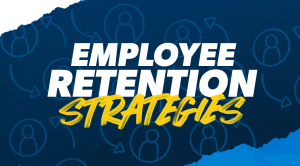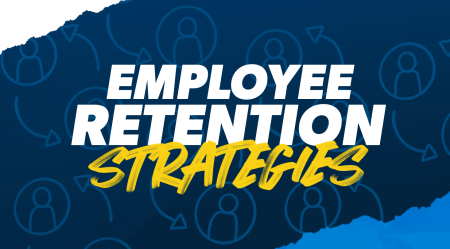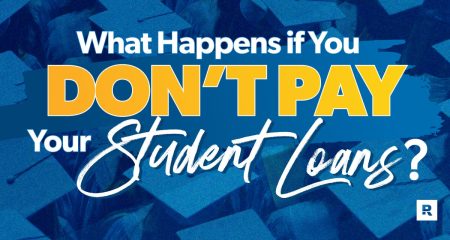According to Education Data Initiative’s student loan debt statistics, the total student loan debt amounts to $1.753 trillion. Many Americans have utilized a student loan to finance their college education. Applying for them is a common practice among millions of Americans. Understanding the intricacies of student loans is possible no matter how overwhelming it may seem. This guide to student loans will give you a summary of important information to know before taking out a loan.
Understanding the Basics
What Are Student Loans?
Student loans are financial aids provided to students to help cover the costs of higher education, including tuition, books, and living expenses. Unlike scholarships and grants, student loans must be repaid with interest. They can be obtained from the federal government, private lenders, or educational institutions.
Types of Student Loans
- Federal Student Loans: These loans are funded by the federal government and usually offer lower interest rates and more flexible repayment options compared to private loans. There are several types of federal loans:
- Direct Subsidized Loans: Available to undergraduate students with financial need. The government pays the interest while you’re in school and during grace periods.
- Direct Unsubsidized Loans: Available to both undergraduate and graduate students, regardless of financial need. Interest accumulates during all periods.
- Direct PLUS Loans: Available to graduate students and parents of dependent undergraduate students. These loans require a credit check.
- Direct Consolidation Loans: Allow you to combine multiple federal loans into a single loan with one monthly payment.
- Private Student Loans: Offered by banks, credit unions, and other private lenders. These loans often require a credit check and may have higher interest rates and less flexible repayment options than federal loans. However, they can be a useful supplement if federal loans do not cover all your expenses.
Guide to Student Loans: Key Terms to Know
- Interest Rate: The percentage of the loan amount that must be paid in addition to the principal. Federal loans typically have fixed rates, while private loans may have fixed or variable rates.
- Principal: The original amount of money borrowed.
- Grace Period: A time frame after graduation (usually six months) during which you are not required to make payments on your federal student loans.
- Default: Failure to repay a loan according to the terms agreed upon. Defaulting can have serious consequences, including damage to your credit score and wage garnishment.
Applying for Federal Aid
Start by filling out the Free Application for Federal Student Aid (FAFSA). The FAFSA determines your eligibility for federal loans, grants, and work-study programs. It’s essential to complete the FAFSA as early as possible, as some aid is awarded on a first-come, first-served basis.
Understanding Your Student Loan Terms
Before accepting a loan, make sure you fully understand the terms and conditions. Pay attention to the interest rate, repayment schedule, and any fees associated with the loan. Use online calculators to estimate your monthly payments and total repayment amount for your student loans.
Borrow Only What You Need
It can be tempting to borrow more than you need, especially if you’re offered a larger loan amount. However, remember that you’ll have to repay every dollar, plus interest. Borrowing only what you need will help minimize your debt and make repayment more manageable.
Building a Strong Credit History
If you’re considering private loans, having a strong credit history can help you secure better interest rates. Start by making timely payments on any existing debts, and consider getting a secured credit card to build your credit score.
Staying Informed About Your Student Loans
Keep track of your loans and stay informed about any changes in federal or private loan policies. Regularly review your loan statements and update your contact information with your loan servicer to ensure you receive important communications.
Conclusion
Borrowing for education is a big financial commitment for someone just starting out, but with careful planning and informed decisions, it can be a wise investment in your future. By understanding the types of student loans available, assessing your financial needs, and creating a solid repayment plan, you can navigate the world of loans with confidence and hope. Remember, education is an investment in yourself, and with the right approach, it can lead to a brighter and more prosperous future.
If you are struggling to pay off debt, ACCC may be able to help. Sign up for a free credit counseling session with us today.
Read the full article here










